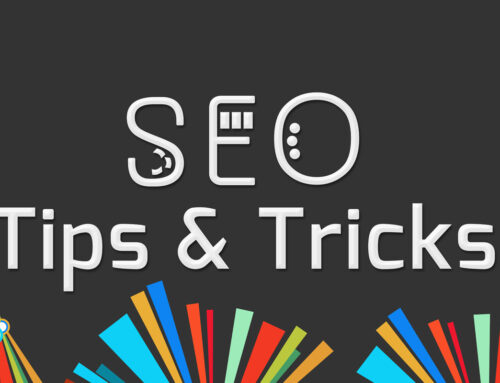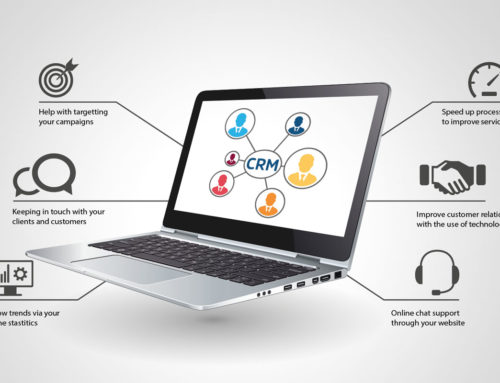A portfolio website is an essential tool to getting more business and building your professional brand.
In today’s digital world, a portfolio is arguably more important than a resume, no matter what industry you work in. Whether you are a freelance journalist, a recent college grad looking for a job, or even an accountant, when people Google your name, your portfolio will provide the most powerful and comprehensive perspective on you.
A portfolio is particularly relevant if you work in design, both if you are an independent web designer or part of an agency. The purpose of an online portfolio is to give a prospective client, like an art director, a sense of who you are, what you can do and whether you are the person they should hire to execute their project.
So what elements create a portfolio that will not only be noticed but also bookmarked by a potential client?
1. Make your mission clear
What is the purpose of this site? It is essentially a showcase of your work and skills. Your landing page needs to say who you are and explain what you do. You should also have a detailed About page that provides your educational background, profile, goals, interests and online resume. Also be sure to include a photo. People like to know who they are talking to!
2. Design for your audience
According to web designer John Furness, the design of your portfolio should reflect your work and share a similar look and feel to rest of your site. “Continuity between the different areas of your site is essential to keep users aware that the are on the same website. It’s also important that your portfolio’s design doesn’t take away from or overpower the work that’s being showcased.” Use colors, typefaces and design to connect with your target audience: if you are a wedding photographer, feel free to play with whimsical, romantic fonts or if you design for children, be open to using bright, primary colors.
3. Integrate social media
People who visit your web site need to be able to easily interact with social media. Connect your existing (or setup new) Twitter, LinkedIn and Facebook accounts for the site. These can all act as major drivers and bring new exposure to your site when you add the web address of your portfolio site to your bio on social media platforms, too.
If you add a blog to your site or include a gallery of your work, explore implementing a share button such as a “share this” widget which covers the vast majority of popular social networks for your users to share the images in your portfolio and posts in your blog.
4. Write strong, succinct copy
What you write on your site will help the potential client get a sense of you as a person. Make sure you have the right tone and also keep everything short, simple and to the point. You are not writing a novel. Also, make sure to use your HTML headings effectively. Try using HTML5 outliner to help you with this.
5. Make sure it navigates well
Remember, pay attention to the user experience (UX) of your site. Keep it simple. Here are several of great examples of portfolio websites with strong UX. You don’t want to waste a prospective client’s time getting lost on your site. Also make sure your site works and looks good on all different search engines and across different browsers!
6. Categorize your work (for designers)
Divide your work into categories like web, illustration, print, personal and branding so users can easily find what they are looking for. Furness noted it is very important to keep your most current work on the site. According to a blog post from Treehouse, you may want to consider turning each portfolio piece into a case study.
“If website visitors want to know more, allow them to click through to additional detail for each piece. Tell them about the needs of each client, what problems each client tried to overcome, and how the solutions you provided worked. Carry visitors’ interest by telling a short story that has a beginning and a conclusion, and be sure to underscore how you played the role of a problem-solver.”
7. Provide your contact info
The whole purpose of the portfolio is to get more work and connect with people! Don’t just rely on a contact form. Make sure to include your email on every page and on your social networks.






